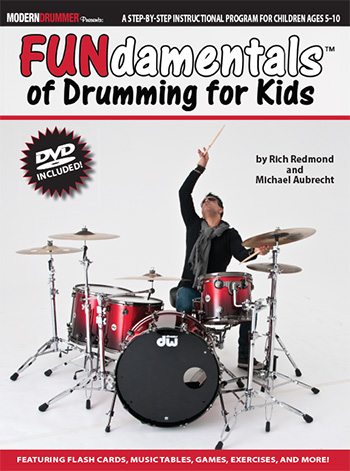In order to fully appreciate the drummers that influence you, study the drummers who influenced them. One individual credited with influencing some of the greatest drummers (to include Gene Krupa and Papa Jo Jones) was Warren “Baby” Dodds. Admired for the creativity of his playing, Dodds had a unique set-up and a style all his own. Considered to be one of the pioneers of jazz drumming he played for Louis Armstrong, Jelly Roll Morton and Bunk Johnson.
One unique aspect of Dodd’s approach was that he often played something different for every chorus of every tune. According to his bio: “Most of his contemporaries played a short buzz or press roll on the back beats (the 2nd and 4th beats), but Dodds played a long roll that lasted till the following beat which created a smoother time feel that he later developed into the jazz ride pattern most commonly used ever since.”
A strong example of his adventurous style can be heard on a trio performance (with Jelly Roll Morton and his brother Johnny Dodds) of “Wolverine Blues” in 1927.
Always an innovator Dodds was also said to have developed what was referred to as a “shimmy beat.” One night a gentlemen came to one of Dodd’s shows and when he heard the music he couldn’t dance to it. Instead he started to shake all over. That primal reaction affected Dodds who mimicked it. The resulting swing beat was caught by Louis Armstrong’s eye who said “To watch him play, especially when he beat on the rim of his bass in a hot chorus, he sort of shimmied when he beat with his sticks. Oh! Boy that alone was in my estimation the whole worth of admission.”
According to the Percussive Arts Society’s Hall of Fame section Dodd’s was one of the first drummers to use wire brushes: “One day Joe [King] bought me some wire brushes. It was a new thing and I was probably the first guy that ever worked with wire brushes in this part of the country. But I still beat heavy even with the brushes. I didn’t like the brushes and couldn’t get anything out of them. But I realized that I should learn to be lighter with the sticks. I worked on this and began getting very technical with the drumsticks. That’s why I can beat so light now with sticks.”
Throughout his autobiography, Dodds talked about listening to the different band members and using his role as drummer to help the band come together. He recalled “It was my job to study each musician and give a different background for each instrument. When a man is playing it’s up to the drummer to give him something to make him feel the music and make him work. That’s the drummer’s job.”
Most notable on Dodd’s set-up was the absence of the hi-hat cymbal and stands. This was ironic as he had a hand in the development of the “sock cymbal” a prelude to the hi-hat. Dodds never liked them and said “I didn’t like them and I still don’t. Some drummers can’t play without them. I can’t play with them.”
After 1949 Dodds had a series of strokes that left him partially paralyzed, but he still managed to play from time to time up until his death in 1959.
Here is a great audio recording featuring Baby Dodd’s unique style:
















